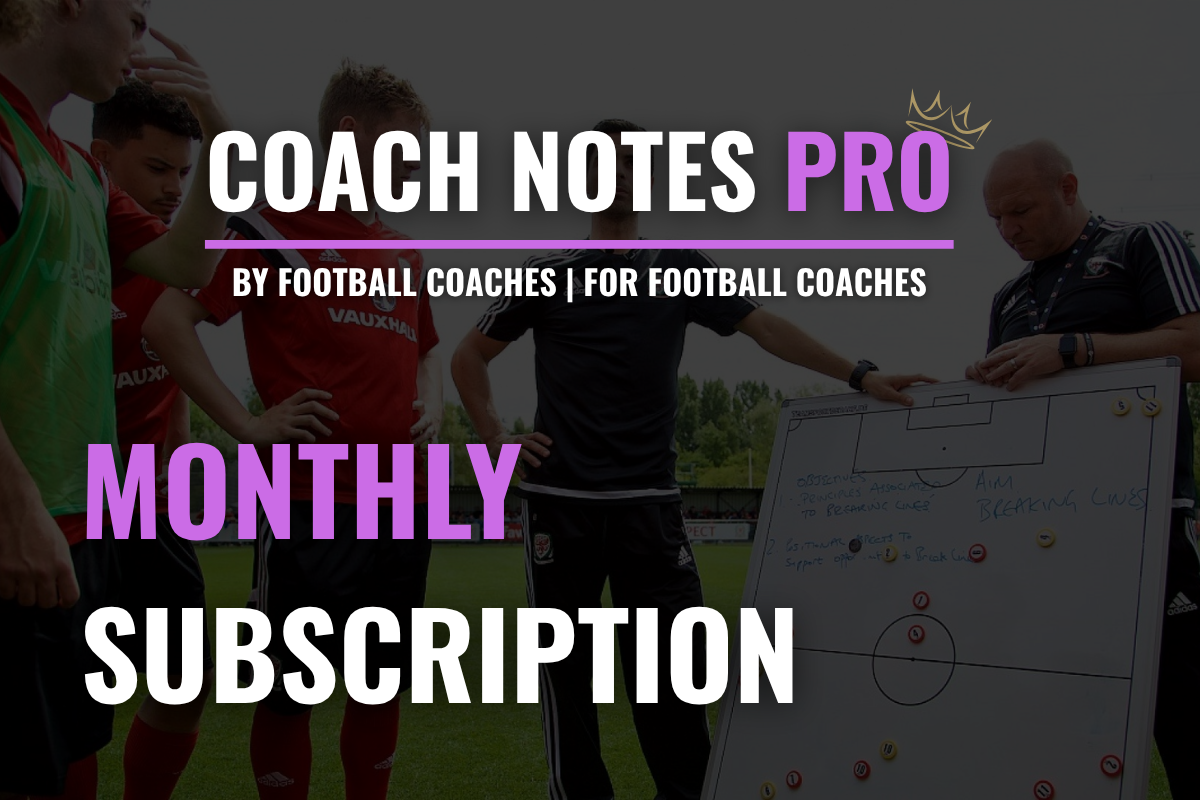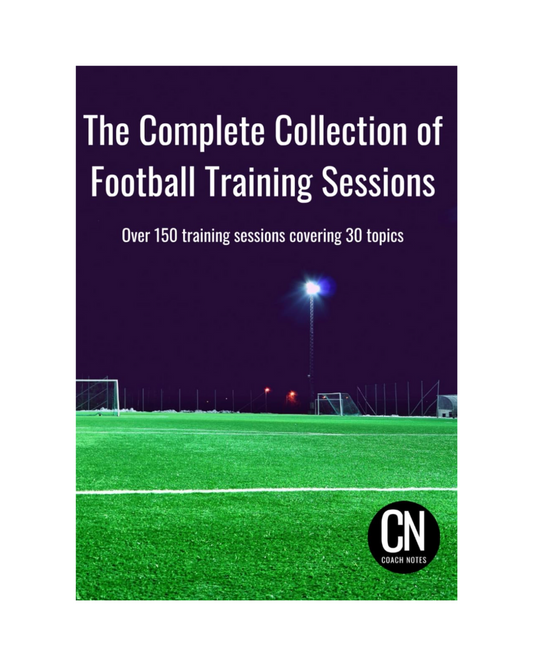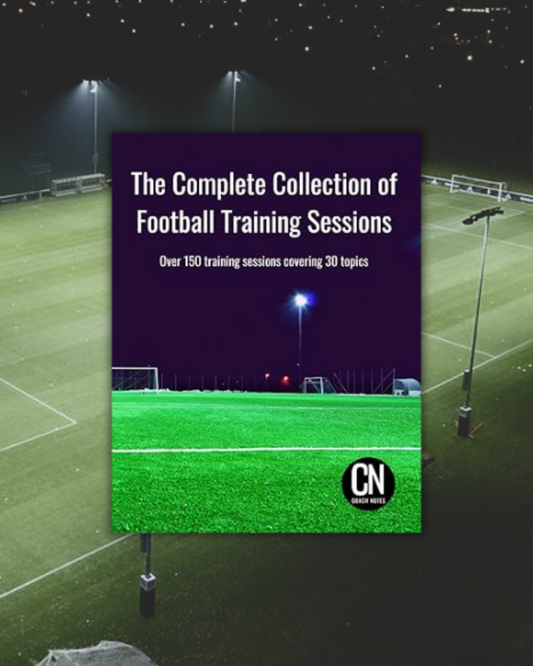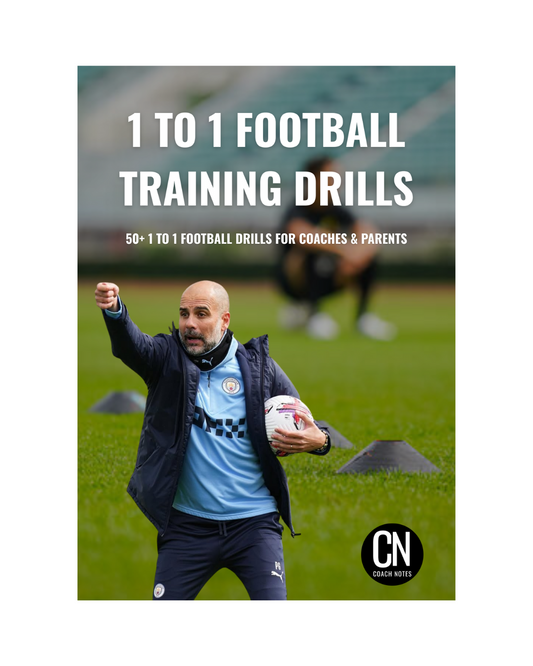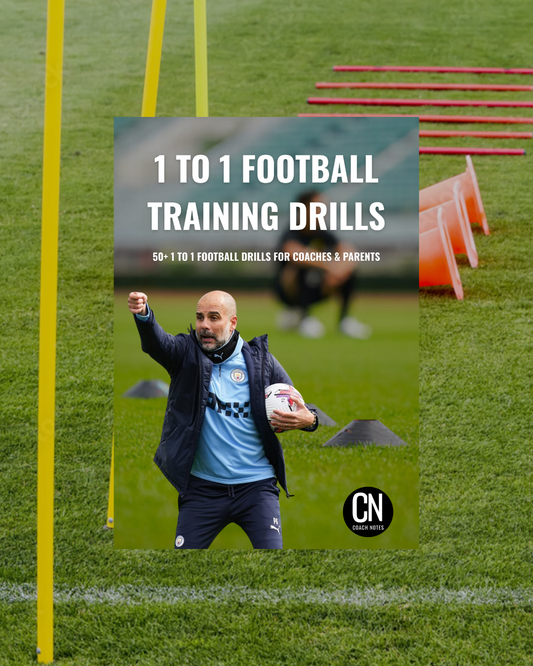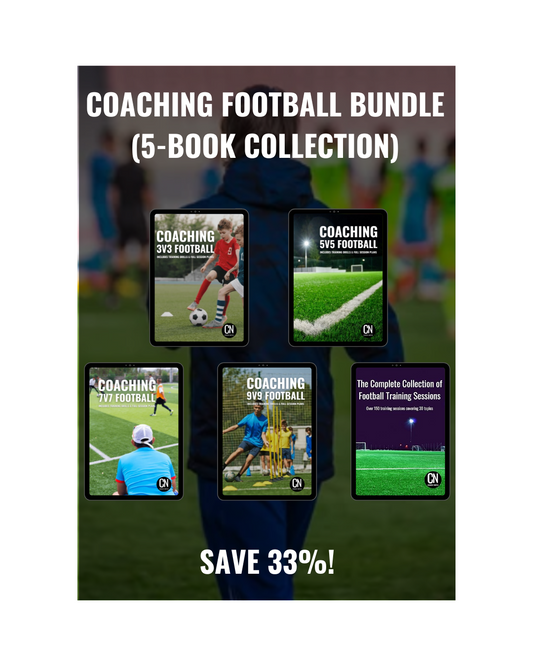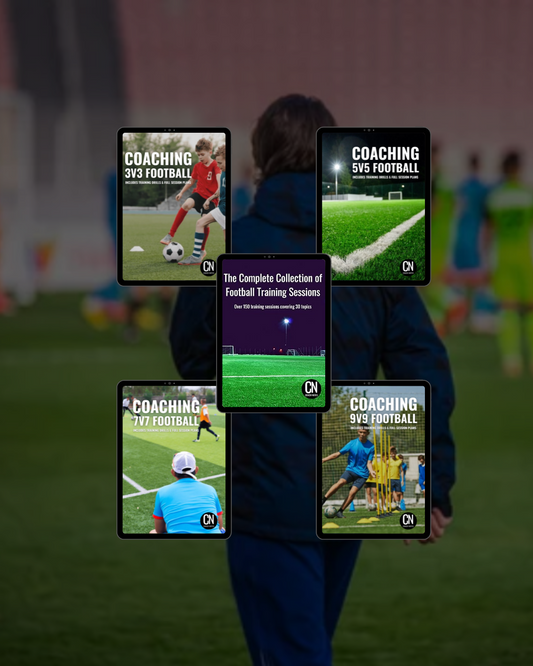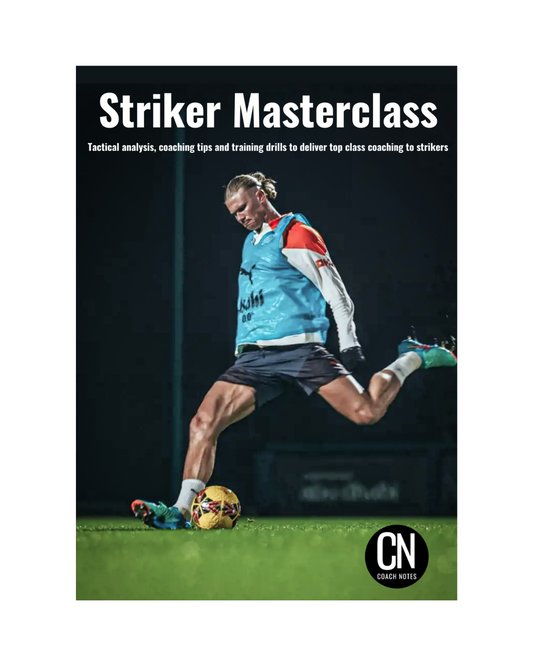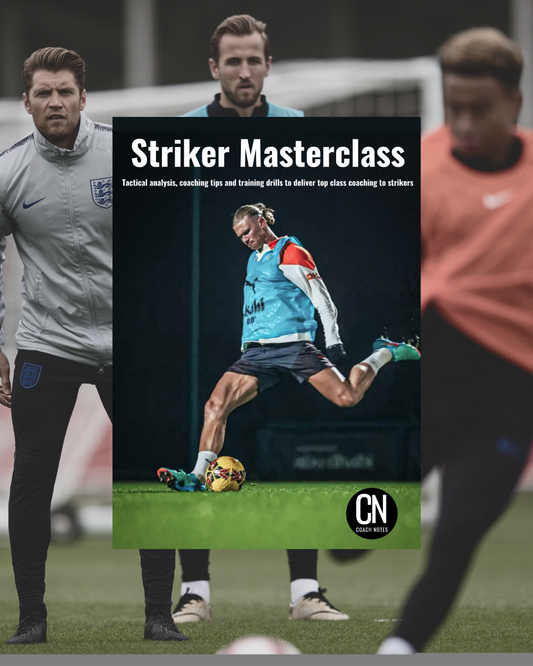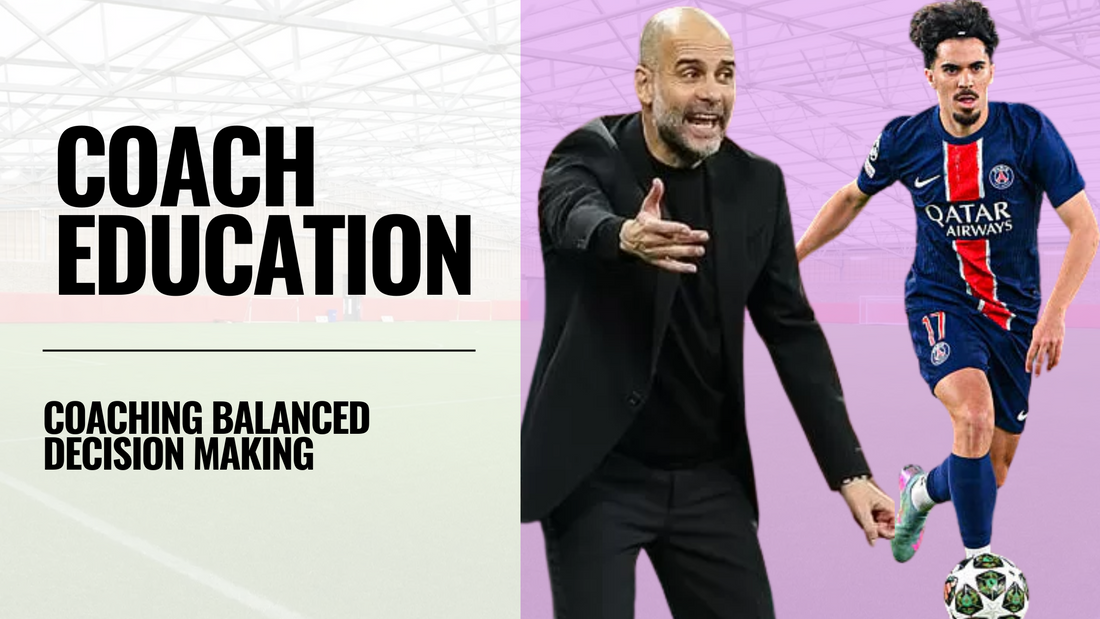
Coaching Balanced Decision Making
Share
One of the most exciting aspects of youth football is watching players express themselves with flair and creativity. A first touch that eliminates a defender, a dribble that opens up space, or a clever through ball that leads to a goal these are the actions that energise players and coaches alike. However, the challenge for every coach lies in helping players understand not just what they can do, but when to do it. That’s where balanced decision making becomes a critical coaching focus.
⚖️ Why Balanced Decision Making Matters
At every level of the game, the best players are not just technically skilled they are decision makers. They have the ability to assess the situation in front of them and select the best option based on risk, reward, and the needs of the team at that moment.
Too often, we fall into the trap of thinking that players either have this instinct or they don’t. But decision making, just like first touch or finishing, is a skill and it can be coached.
Let’s begin with a fundamental idea: we should never coach the creativity out of players. That initial drive to attack, beat players, and shoot is natural and must be nurtured. Our job is not to suppress these instincts, but to help players understand the context of the game and guide their choices accordingly.
🔑 Key Concepts to Coach
1. Risk and Reward
Every action in football carries a level of risk. A 30-yard switch pass across the backline, for example, could stretch the opposition and launch an attack or it could be intercepted and lead to a counter attack.
Help your players understand:
- When the reward outweighs the risk: Trying a through ball in the final third that could put a striker in on goal.
- When to play it safe: Retaining possession deep in their own half under pressure, where losing the ball could be costly.
2. Positional Influence on Decisions
Decision making is not one-size-fits-all. The demands of each position shape the type of risks that are appropriate.
- Defenders & Deep Midfielders: Generally lower risk. Their focus should be on building play securely and limiting turnovers near their own goal.
- Attacking Midfielders & Wingers: Given more licence to take risks. These players often operate in areas where a high-risk action can lead to a goal, and the consequences of failure are less severe.
- Strikers: Encouraged to try and make things happen, especially inside the box.
Use video clips or real-game examples to highlight different decisions made by players in these roles.
3. Numerical Situations
A vital part of decision making is recognising numerical advantages or disadvantages.
- 1v1 Scenarios: A great moment to encourage dribbling and individual skill.
- 1v2 or 1v3 Scenarios: A cue to protect the ball, look for a pass, or recycle possession to maintain the team’s structure.
🧠 Practical Ways to Coach Decision Making
Scenario-Based Practices
Design practices that replicate the game moments where players must choose between a safe or ambitious option.
- Create 5v4 or 6v5 small sided games where the outnumbered team has to recognise when to keep possession or play long.
- Add points or incentives for correct decisions. For example: 2 points for a successful high-risk pass in the final third, but -1 point if it’s attempted and intercepted in the defensive half.
Use Constraints & Conditions
Add conditions to your practices to guide decision making.
- No forward passes unless 3 passes are made first encourages patience and scanning.
- Must dribble past one opponent before shooting boosts confidence in 1v1 moments.
Video Feedback Sessions
Encourage reflection. Show players footage of their games and ask:
- What were the options?
- What was the outcome?
- Would you make the same decision again?
Let them lead the analysis. You’ll be amazed at how quickly they begin to understand the game on a deeper level.
📣 Coaching Mindset: Encourage, Don’t Over-Correct
Above all, balance how you intervene. If a player loses the ball attempting a through ball that could have led to a goal, praise the intent and explore the execution. If the same player tries that pass in front of their own box, then it’s a chance to discuss better options.
Questions to prompt players:
- What did you see?
- What was the risk?
- What were the safer options?
- When would that be the right choice?
Let the players solve the problem your role is to guide, not dictate.
💬 Final Word: Grow Game Intelligence, Not Robots
Football is unpredictable. Our role as coaches is not to create players who always play safe, but players who make informed decisions that balance their technical ability with game awareness. The difference between a good player and a top player is rarely their footwork it’s their brain.
So let them dribble. Let them pass. Let them try the spectacular. But help them learn the why and when. That’s how we develop smart footballers who make the right decisions under pressure.

